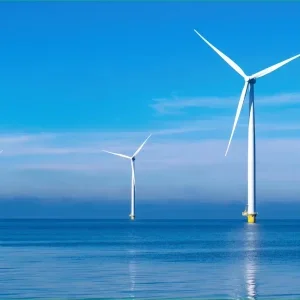
The Australian Department of Climate Change, Energy, the Environment, and Water (DCCEEW) has unveiled the government’s strategy to substantially enhance the capacity of Australia’s grid, aiming to provide more reliable, affordable, and low-emission energy.
The plan involves adding an extra 32GW of renewable energy and clean dispatchable capacity, approximately half of the current National Electricity Market capacity, to the grid by 2030.
This expansion will be facilitated by expanding the Capacity Investment Scheme (CIS) and the establishment of new agreements with state and territory governments under the National Energy Transformation Partnership (NETP).
Australia Minister for Climate Change and Energy Chris Bowen said that during the last government, 24 coal-fired power plants with a total capacity of 26.7GW announced their retirement dates, but the previous regime could not implement any policies to guarantee the replacement of this capacity.
According to the DCCEEW, the CIS serves as a nationwide framework designed to boost fresh investments in renewable and clean dispatchable energy initiatives.
The proposed expansion of the scheme aims to provide support for projects delivering 9GW of clean dispatchable capacity and 23GW of variable renewable capacity across the country by 2030.
The initiative is geared towards enhancing reliability and affordability in response to the evolving energy market dynamics, particularly as coal-fired power stations approach the end of their operational life, said the federal department.
The CIS entails soliciting competitive tender proposals for projects related to renewable energy generation and clean dispatchable capacity. These projects are intended to address anticipated reliability gaps.
The Australian government will offer revenue support to the chosen CIS projects, establishing agreed-upon revenue parameters, including a ‘floor’ and ‘ceiling.’
Apart from that, the government plans to engage in negotiations for new bilateral Renewable Energy Transformation Agreements (RETAs) with state and territory governments as part of the Partnership initiative.
Through RETAs, states will collaborate with the federal government to ensure the implementation of new renewable projects. This collaboration may encompass commitments to enhance reliability by adhering to agreed-upon reliability benchmarks, facilitating an orderly transition, and investing in strategic electricity reserves, said DCCEEW.
Each RETA will be tailored to address the distinct needs of the respective state or territory. Approximately half of the capacity offered under the CIS, specifically 18 out of 32GW, will be subject to these agreements.
In instances where a state or territory fails to make the necessary commitments, there is provision for the reallocation of energy capacity to those regions that do commit to the outlined terms, said DCCEEW.






